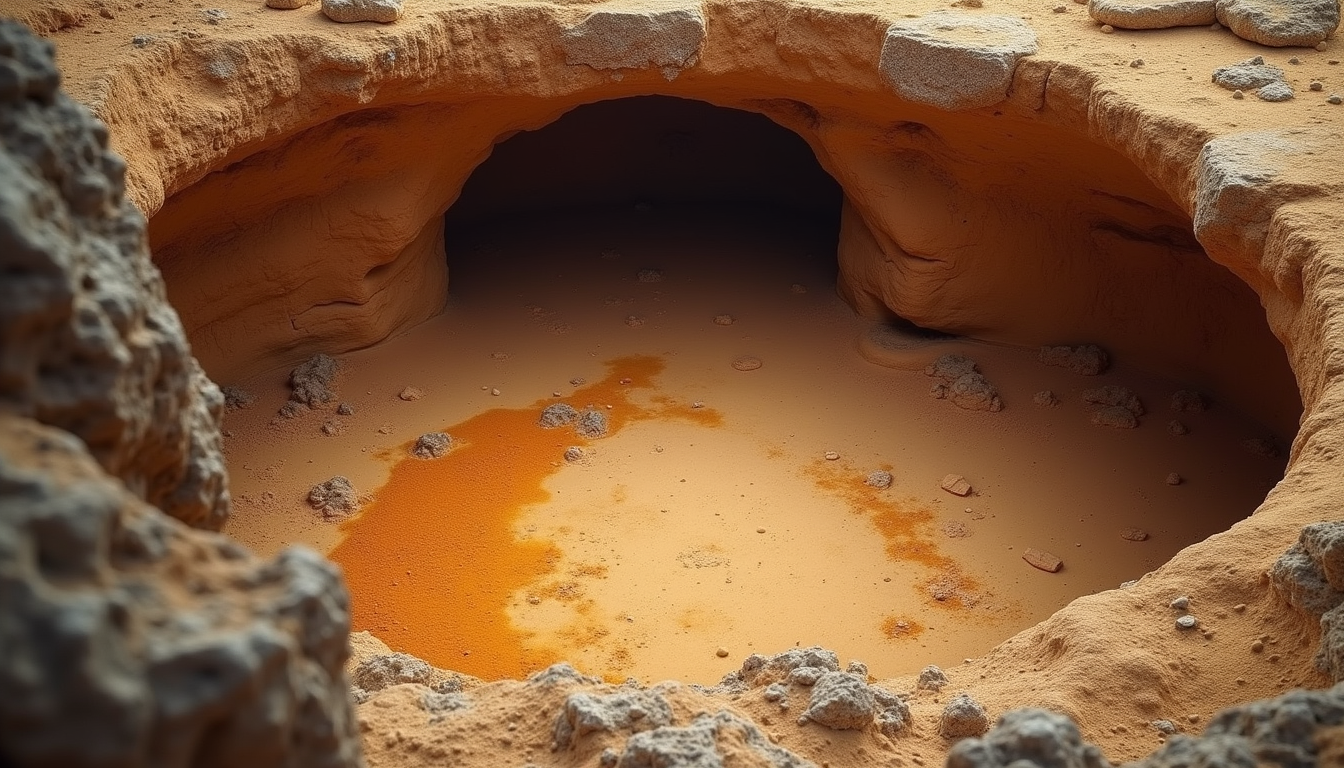Imagine unlocking the secrets of art created by our ancient relatives. The discovery of ochre artefacts in Crimea has done just that, opening a fascinating window into the artistic world of Neanderthals. Often viewed as primitive, new findings suggest that these ancient people had the capacity for creativity and symbolic expression far earlier than modern humans. This post explores the significance of these findings and what they reveal about Neanderthals' cognitive and cultural lives.
Neanderthals, commonly portrayed as brutish and simple, are now recognized for their advanced behavior and cultural practices. The ochre artefacts discovered in Crimea indicate that these early humans were not only adept toolmakers but also engaged in artistic endeavors. For instance, researchers identified scratches and marks on these pigments, revealing they were shaped similarly to crayons. This evidence challenges previous beliefs about Neanderthal intelligence and intelligence and suggests they may have used colors symbolically.
In fact, a study reported that up to 50% of ochre artefacts exhibited signs of use for drawing, highlighting their importance in Neanderthal life. The implications are substantial: this evidence suggests that Neanderthals had a sense of aesthetics and the ability to convey ideas visually, capabilities once thought unique to modern humans. The use of ochre may have served multiple purposes, such as marking territory or creating art for rituals.
These findings also prompt further examination of Neanderthal social structures. If they were creating art, such activities likely fostered community bonds and a shared cultural identity. This aligns with recent research showing that Neanderthals lived in complex social groups, proficient in cooperation and communication. For example, evidence from various sites suggests that small groups of Neanderthals collaborated in resource-sharing, which was essential for their survival.
The ochre artefacts reveal much about Neanderthal daily life. Their understanding of the environment and its materials is evident. Beyond artistic uses, ochre had practical applications as well. For example, it was used in preparing animal hides and even for body adornment. This versatile use of ochre emphasizes their resourcefulness and innovation, showcasing their ability to exploit natural materials in numerous ways.
As researchers continue to study these ochre artefacts, they gain new insights into the cognitive capabilities of Neanderthals. The ability to manipulate pigments suggests higher problem-solving skills and an understanding of color, challenging stereotypes that Neanderthals were solely focused on survival. Instead, these findings paint a picture of a species capable of creativity and expression.
To sum up, the ochre artefacts found in Crimea strongly illustrate the artistic potential of Neanderthals. These prehistoric crayons not only provide insights into their use of pigments but also inspire a reevaluation of their cognitive and cultural abilities. As exploration continues, we will see that Neanderthals were not just primitive ancestors but complex beings with rich, creative lives. The study of these artefacts will reshape our understanding of human evolution and the development of art.
Exploring Neanderthal art is just beginning. As we uncover more about their lives, it may become clear that the distinction between modern humans and Neanderthals is not as sharp as once believed. The legacy of these ancient artists might continue to enlighten and influence our understanding of what it means to be human.





